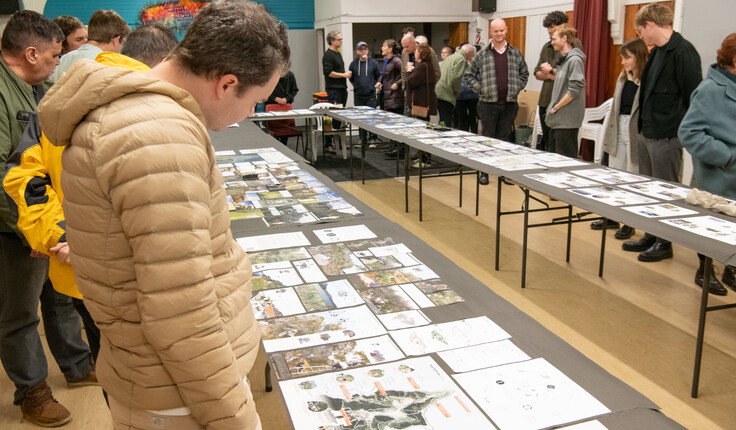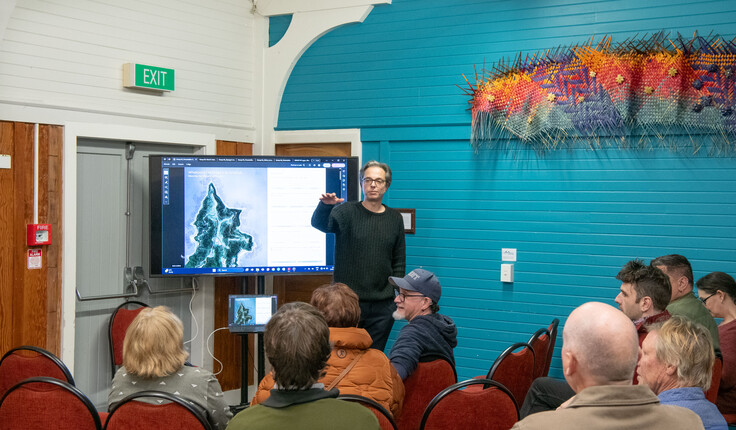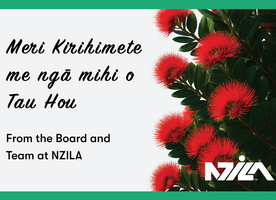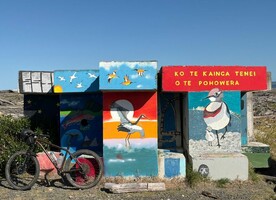News
Mātai Moana Eco Sanctuary & Heritage Reserve
Posted 18 06 2024
in News

8 x Studies of Mātai Moana
An exhibition of designs for the transformation of Wellington’s Mātai Moana/Mt Crawford by students from Te Herenga Waka—Victoria University of Wellington is giving the public a chance to have their say on what the culturally, historically and ecologically significant site might look like in the future.
Located at the northern tip of Te Motu Kairangi (Miramar Peninsula), Mātai Moana is public land that currently has no specific legal protection. It has a rich history as the former site of a Māori settlement, military emplacements, and two prisons. Its strategic ecological value has also been recognised by local community groups, which have started restoring the natural environment.
As part of a postgraduate Landscape Architecture course at Te Kura Waihanga—Wellington School of Architecture, students have been working on design project that proposes transforming Mātai Moana into a new ecosanctuary and heritage reserve.
Lecturer in Landscape Architecture Carles Martinez Almoyna Gual says considering its strategic location within Wellington harbour, and its cultural, ecological, and social value, Mātai Moana presents an exceptional opportunity for Wellington City.


“Mātai Moana has been at the centre of recent controversy around how it should be transformed. The aim of this project is to contribute to that discussion by proposing an inclusive design process, where different voices and interests have been considered,” he explains. “Many individuals as well as representatives from mana whenua and more than 20 different community groups have participated in a series of lectures, seminars, workshops and reviews. The goal has been to collectively design different Master Plans for the whole area, as well as a wide range of site-specific interventions to gradually transform Mātai Moana.”
Carles says the project is contributing to the broader discussion around Mātai Moana’s future, with the aim of protecting, restoring and revealing the value of this special site. “As a univeristy, we are an institution that can bring people together, while landscape architecture is a design discipline ideally placed to connect all of the various ecological, social and cultural components that make Mātai Moana so special,” he says.
“I try to connect my teaching through socially engaged practice-based education—this involves working with communities and moving away from the idea that it’s solely the designer and manager who are in charge of the decision making. These types of projects need to be informed by the people who care about the site, so that’s why we’ve done so much work engaging with mana whenua and local residents.”
The designs are on display on 22 and 23 June at the Worser Bay Life Saving Club, 251 Marine Parade, Seatoun, and they can also be viewed online. Visitors to the exhibition will be able provide feedback on the different concepts—these views will be taken into account when producing a consensus design, which will go on public display in September.
For more information, contact Carles Martinez Almoyna Gual on 0212593245 or email carles.almoyna@vuw.ac.nz
Share
19 Dec
Christmas break 2025

see you from 12 January
As we wrap up another big year, we’re taking a moment to pause, breathe, and enjoy a well-earned break. Meri …
18 Dec
President’s update

December 2025
Earlier this month I attended the Ngā Aho Māori Design Professionals Wānanga-ā-Tau at Te Aranga Marae in Flaxmere. Tuia Pito …
18 Dec
Awards 2026 update

An update as we warm up for the 2026 Awards kaupapa. Submissions will open in March and will run for …
Events calendar
Full 2025 calendar